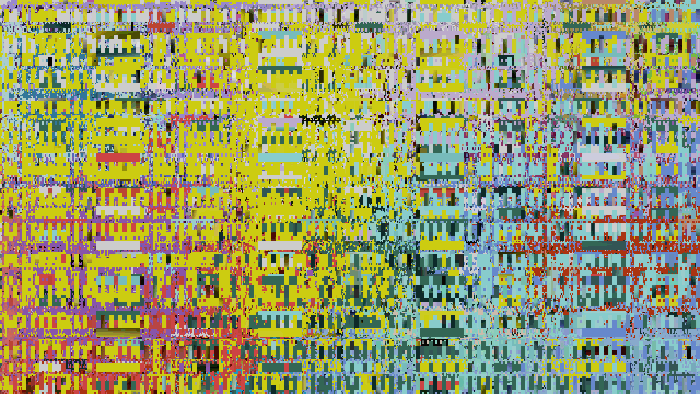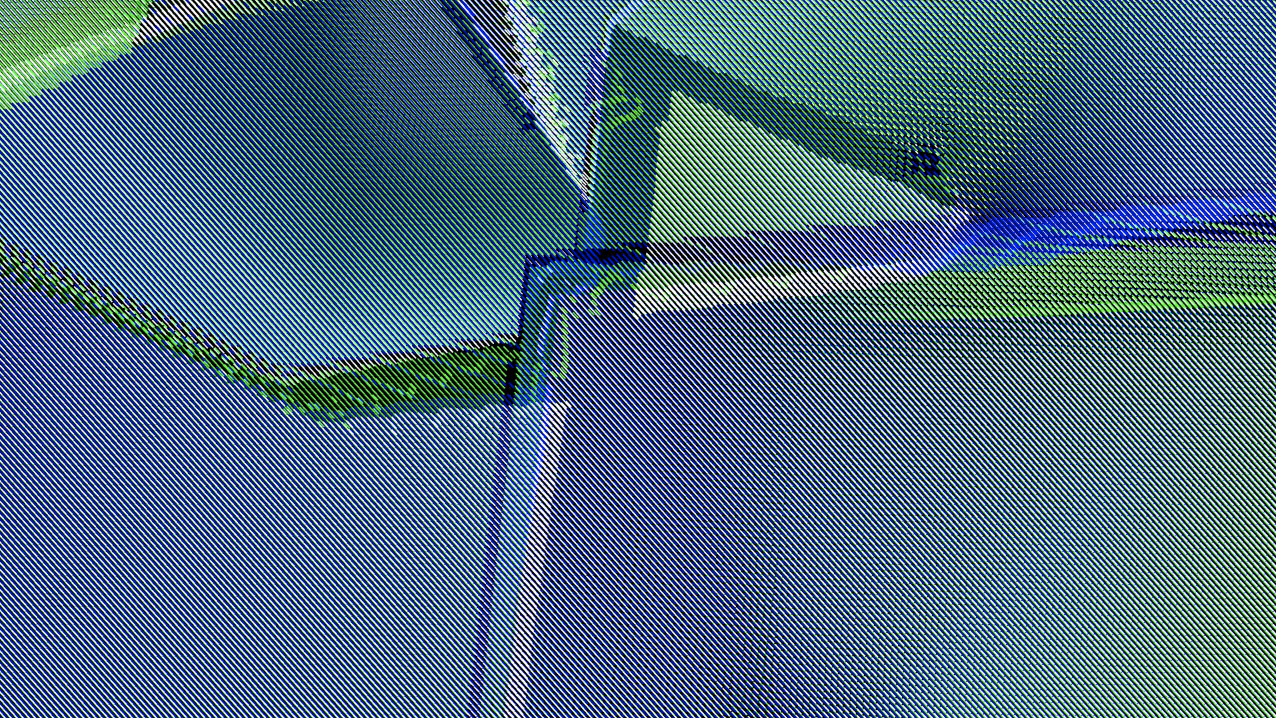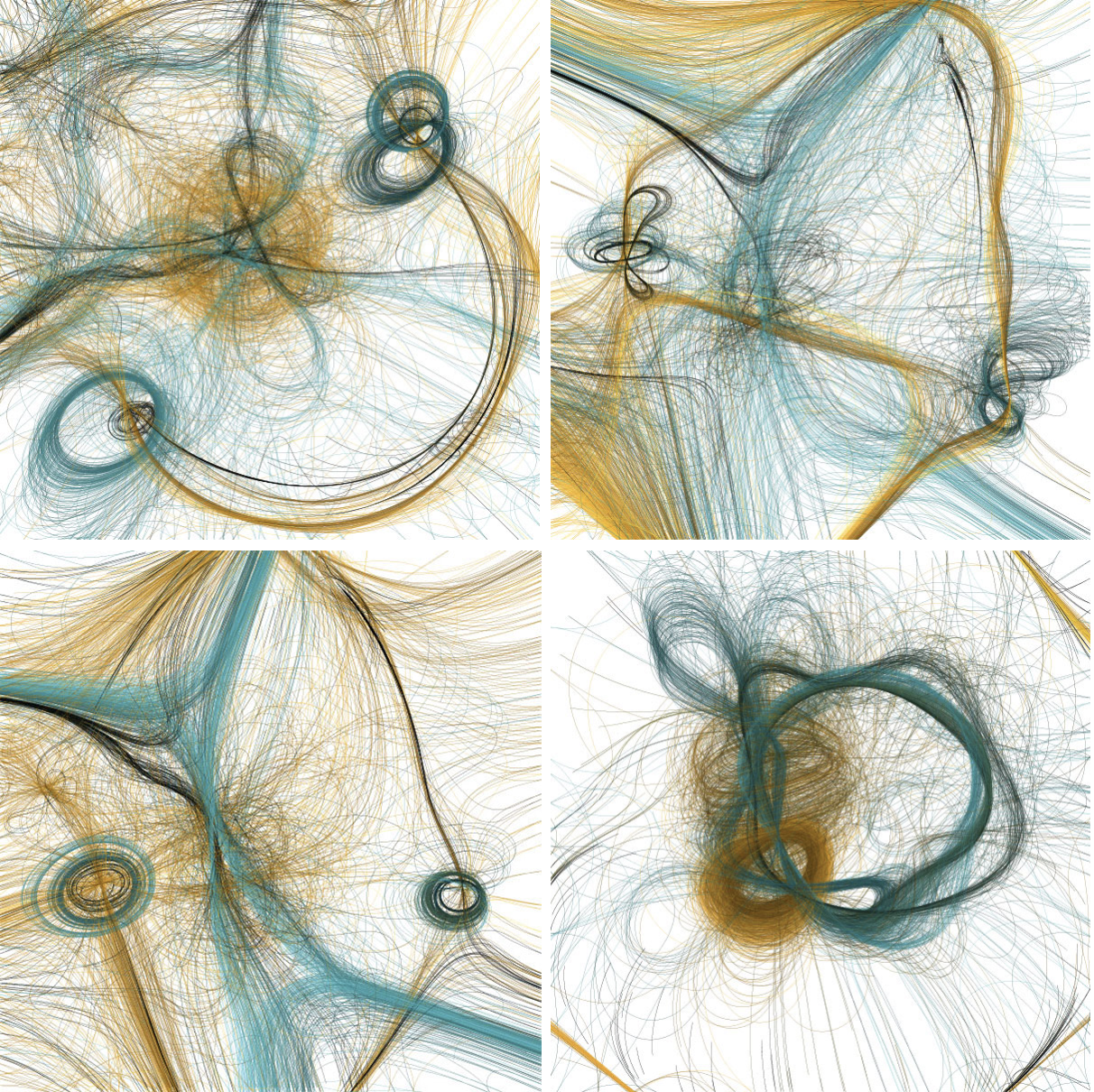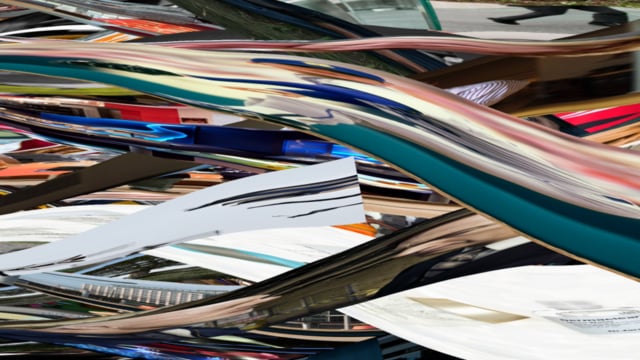The author approaches to explaining the system of understanding of visual epistemology through the following pillars of the historical and critical foundation for understanding graphic languages in infoviz and GUI:
Casey Reas ::
What's termed as software painting is a set of forms in motion (or as Reas puts it- 'drawing, erasing, reshaping') generated from code. Another terminology could be 'constantly changing artwork'

Reas seem to have explored connections between the earlier and newer forms of generative art. In his work, code (a software written in processing) provides the instructions that decide how different elements such as lines, geometric shapes would interact with each-other. What fascinates Reas about this method of expression, is that one could figure a pattern in one part of the work and within a blink of an eye, entire geometry has changed.
What I adore about Reas work is the the visually rich imagery put to motion, representation of abstraction and the uncertainty. It's probably the same aspect that seems to not make his work super functional but it definitely does invoke a certain emotional response in the viewers. At times the observer can be thrown into confrontation with the work’s illegibility or comprehension but then it's an either or situation when there's certain amount of abstraction.


Something that does not work for me considering Reas' work is the extra effort demanded from the viewer's side to contextualize these quickly shifting patterns and making sense of overall expression, what could be facilely considered 'modern art' in my opinion, is also what I love about his explorations. It is free flowing, experimental, close to what I imagine a humanized format would be and has it's implementational origins in computational processing (the 7th point mentioned in the notes below).

Casey Reas's work appeals to me as a representation of human subjectivity. He seems to have captured a moment wherein humans and technology started to exist in a beautiful conglomeration.
We probably need to question if we still plan to follow the rule-based/structured approach to express or are we moving towards more natural forms of expression that are free-flowing, comparatively subjective and made possible by the newer technology based tools & platforms?
#R3 notes::
1. Knowledge and/as vision
- augmentation of human vision intensified the belief that careful observation was the key to unlocking the workings of the universe
- tech and media play their part in knowledge production surely as well as optical instruments and observational techniques, all images are encoded by their tech of production and hence embody the qualities of the media in which they exist
- some abstract ideas such as power, force, ideology, speed, scale, complexity do not have a specific visual form
- author discusses the statements of the mathematician René Thom, according to whom, graphical means of representation were unstable, imprecise and hence unreliable, the images have marks& signs that are changeable, they aren't like alphabets and numbers (forms) that stably translate to binary codes.
-according to the author Thom overlooked the history of the communication through graphics wherein the systematic usage of images have created standards and consensus across a wide variety of disciplines e.g. architecture, physiognomy
Can visual system be structured like a language?
The rules that govern language structures, use and combination have been there for thousands of years making the comparatively recent principles of graphics astounding
2. Language of form
- author discusses Owen Jones' work with patterns describing its rational and systematic approach to presentation of ornament in both semantic and syntactic modes. New training demands arose as the industrial and applied art were put to production creating a need for systematic education in creation of pattern and form
This systematization of knowledge was required to pass it on facilely.
- Humbert De Superville's attempt at systematicity provided a crucial early contribution to methods of graphics. Guillaume understood that it was necessary to cut ties to fine arts in order to produce a practical system based in geometry contributing to the machine- readable graphic language long before digital tech.
- Walter Crane's works are a demonstrations of methodical approach to graphics, the structure in which he chose to present his knowledge echo morphologies from nature: weight, tone, value pattern, rhythm etc. elements of graphics - his work was meant to train the eye & mind at the same time.
3. Dynamics of form/ universal principles of design
- newly emerged practices from product and pattern design needed an articulation of principles that could be taught in the technical trainings.
- late 19th century observed a shift from highly technical manuals to graphics induced manuals whereas typographical manuals contained technical info about typecasting, composition, imposition of pages etc.
- attention to composition as an art and not merely a tech became fully evident during this time, artists were keen to articulate what they believed were universal principles of the visual forms.
4. Gestalt principles & tendencies
- the intersection of intersection of cultural anthropology, psychology of perception, abstract form formulated the graphical principles.
- Worringer: hard-edged geometric forms emerge in cultures whose relation to natural world is fraught and difficult whereas curvatures were found in more harmonious cultures
- the experimental studies in perception established the existence of certain tendencies in human visual perception: proximity, similarity, closure, continuation, common fate, good form etc.
- Gestalt principles were a results of studies in psychology emerged in 1930s.
5. Basic variables & semiotic approaches
- semioticians and structuralists struggled to find the basic codes of visual form and their efforts were brought to fruition by 1960s
-graphical signs trouble the distinction between inherent and conventional meaning production e.g a color may carry a symbolic value but a diagonal line does not say anything about the angle at which it's drawn
- the cartographers, for whom knowledge and manipulation of basic graphic forms is of major relevance, enthusiastically received the semiotics of visual forms- Jaques Bertin - isolated 7 vars of static graphics : shape, size, orientation, color, tone, texture, position - elaborated their considerable use in cartographic and geographic representations.
6. Visual editing/framing & reading
- the study of graphics takes a different turn when it's introduced by the additional parameters such as time and motion. Graphic novels, comic books are a graphic exercise in storytelling which is usually not the case with GUI.
- editing approaches could be linear or non-linear (those establishing illusions of realism and those that rapture them)
- film editing relies on narrative theory and not just on visual perception- principles of motion, animation, temporal change etc. are applicable to them, the task of abstracting principles differs when a machine has to be trained
7. Computational processing for analysis and production
- most of the graphical systems for production are based on wither pixel values or vector graphics- lending themselves to computational processing. These programs had to choose between analysis of graphic formal primitives like line, texture, fill and production behaviors like stroke, rub, stipple etc. - recents programs have numerically based approaches
- David Marr, who incorporated an approach directly related to models of vision, cognition in neurology and psychology, showed that different features of a single image could be isolated. They could be described independently holds a special place as a computational theory of visual perception.